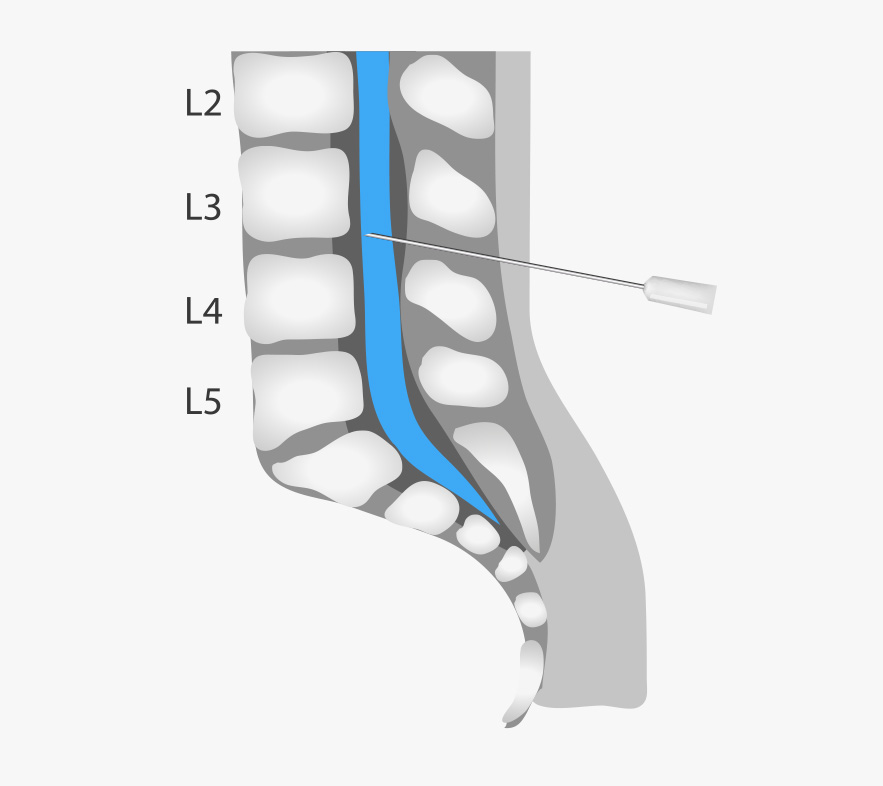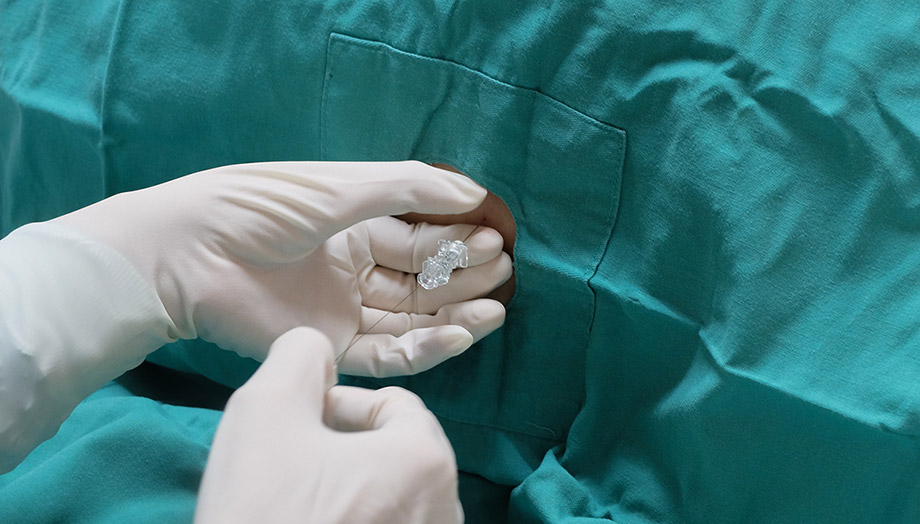Lumbar Puncture
A lumbar puncture is a procedure often performed following a consultation with a neurologist and is used to investigate or diagnose (and in some cases treat) diseases of the central nervous system. This test is performed to obtain cerebrospinal fluid or to measure the pressure of the cerebrospinal fluid, a liquid that bathes the brain and spinal cord and that can be safely accessed away from these structures in the lower or lumbar spine.
In certain circumstances (for example in the treatment of idiopathic intracranial hypertension), a larger volume of cerebrospinal fluid is intentionally removed as a therapeutic procedure.

What happens before the procedure?
Before being referred for a lumbar puncture, you need to be assessed by a specialist neurologist who will take a history of your symptoms and perform a thorough examination. It is commonplace for you to be investigated with imaging of the brain and/or spine with MRI or CT scans prior to a lumbar puncture.
How do I prepare for my procedure?
Please inform us if you take regular blood thinning medication when you arrange your appointment as some need to be temporarily withheld beforehand. Do not stop any medication before talking to us. This may be an antiplatelet medication (such as aspirin or clopidogrel), or an anticoagulant medication (for example warfarin, apixaban, dabigatran, or rivaroxaban).
How is the procedure performed?
The procedure is performed with the patient either lying on their side or on their front.
The skin of the lower back is cleaned and the X-ray machine is used to identify a space to insert a thin needle. Using a small needle, local anaesthetic is inserted into the skin superficial to the target. The lumbar puncture needle is then carefully sited into the space containing cerebrospinal fluid under x-ray guidance.

The pressure of the fluid is then measured a series of samples are obtained to send for laboratory analysis. If it is necessary to lower the pressure of the cerebrospinal fluid as a therapeutic procedure, a larger volume of fluid is removed.
The needle is then removed and a sterile dressing is applied.
After the procedure your doctor may advise you to lie flat for a period of time.
What are the side effects of the procedure?
The most common side effect of the procedure is a headache due to lowering of the pressure of the spinal fluid. This can often be managed with increasing fluid intake and in some instances caffeine may be helpful simulates cerebrospinal fluid production. Another rare risk is off nerve root damage. Patients may experience tingling or discomfort if a nerve route is touched during the procedure but the chance of permanent damage is exceptionally low.

